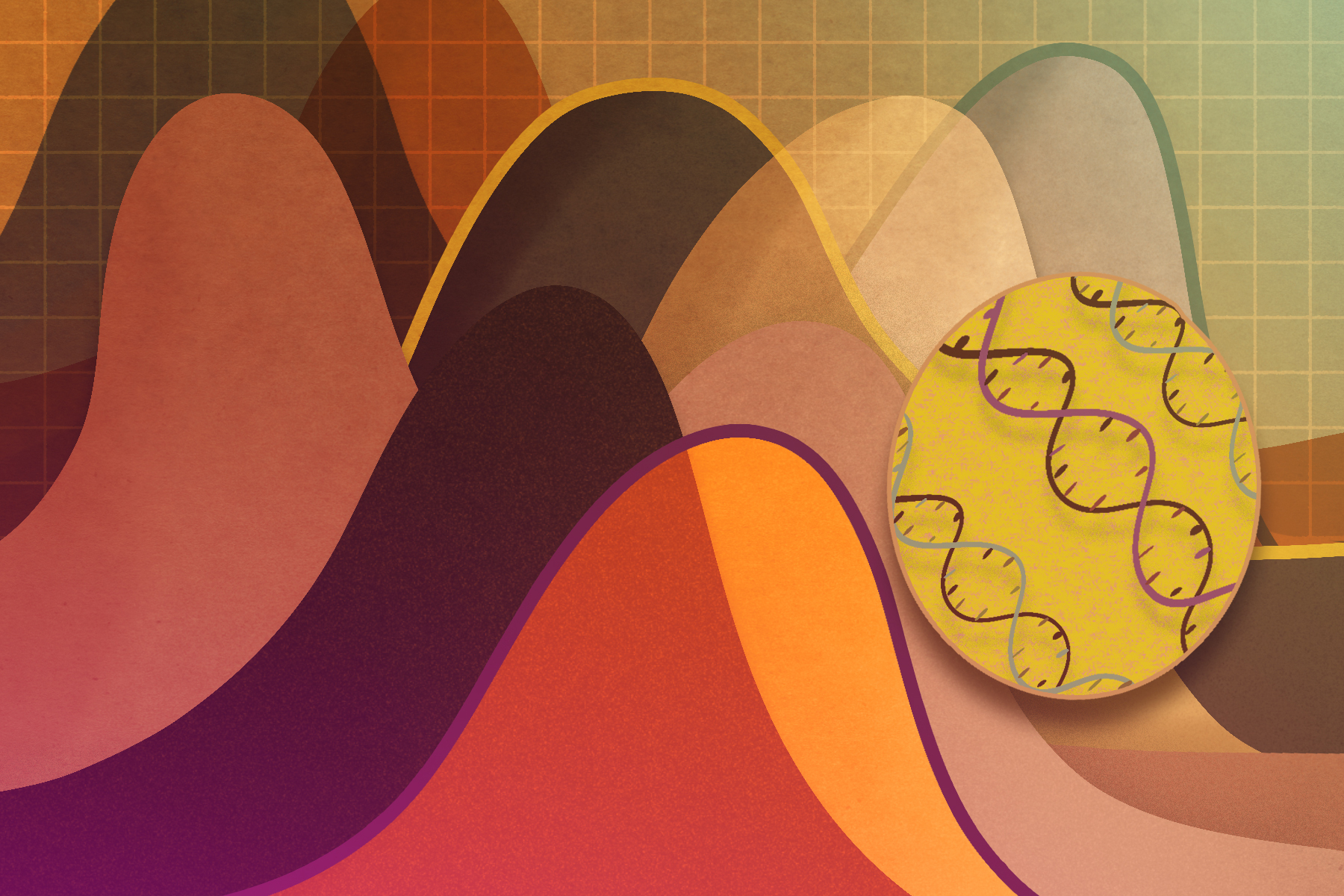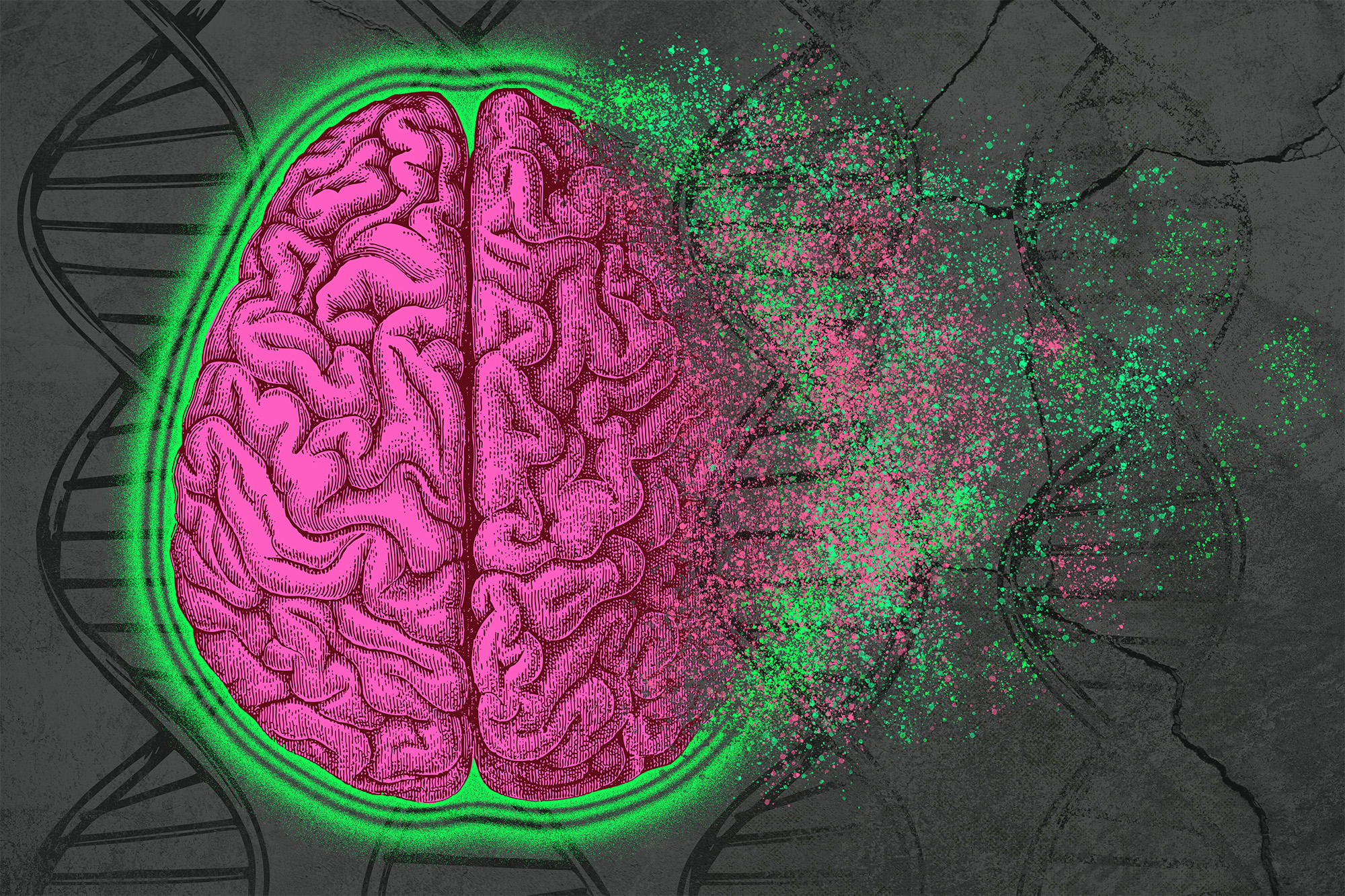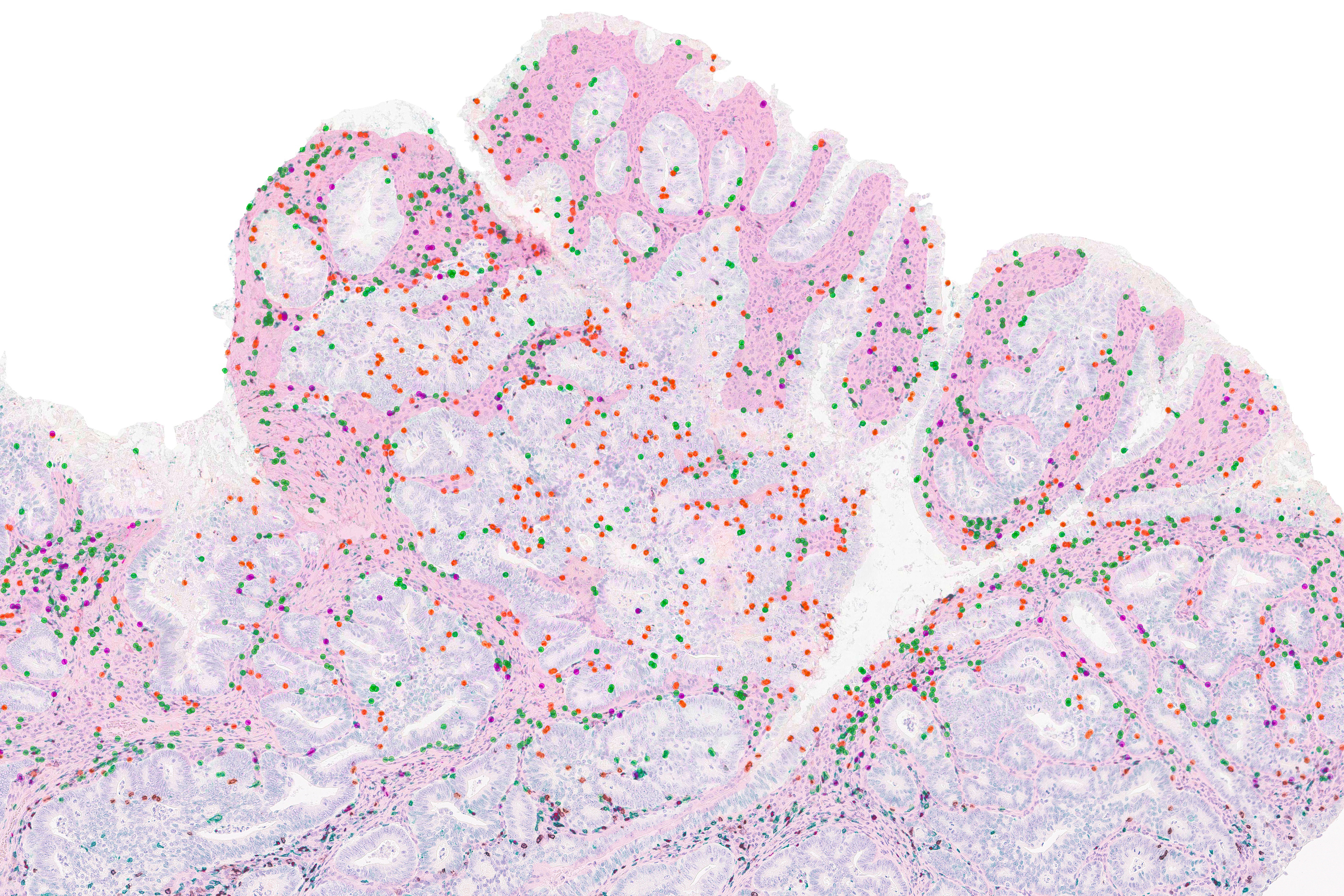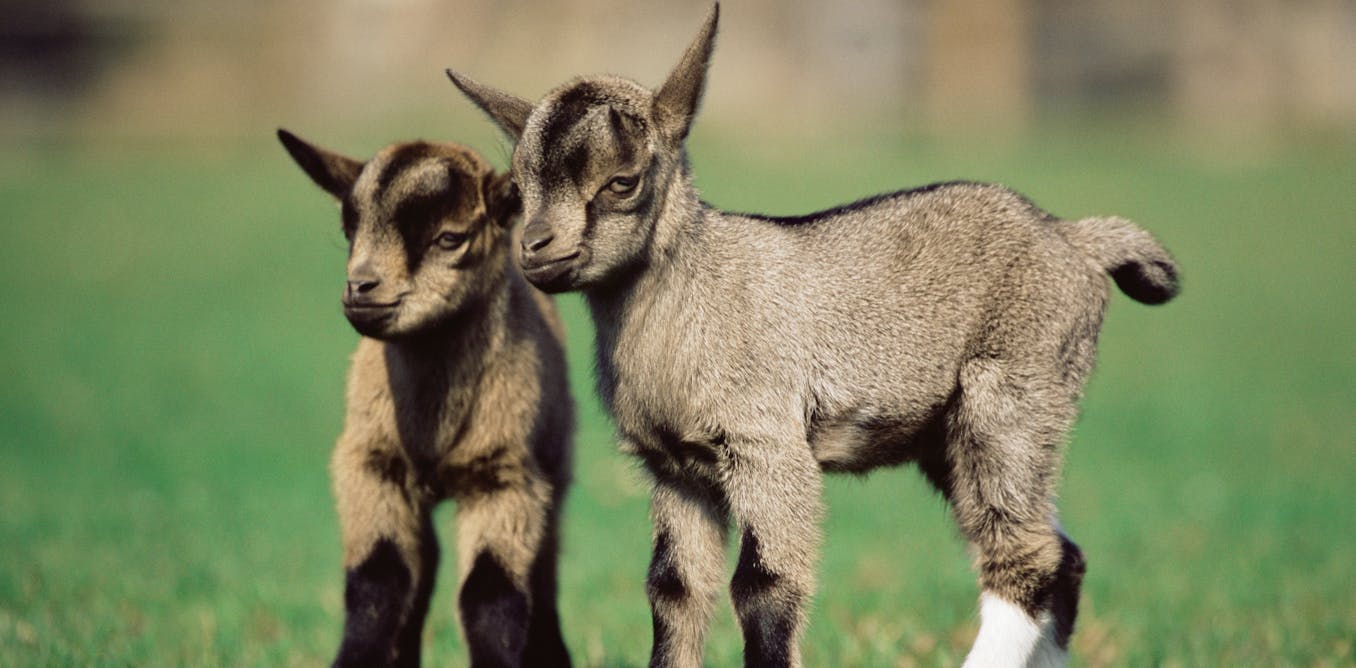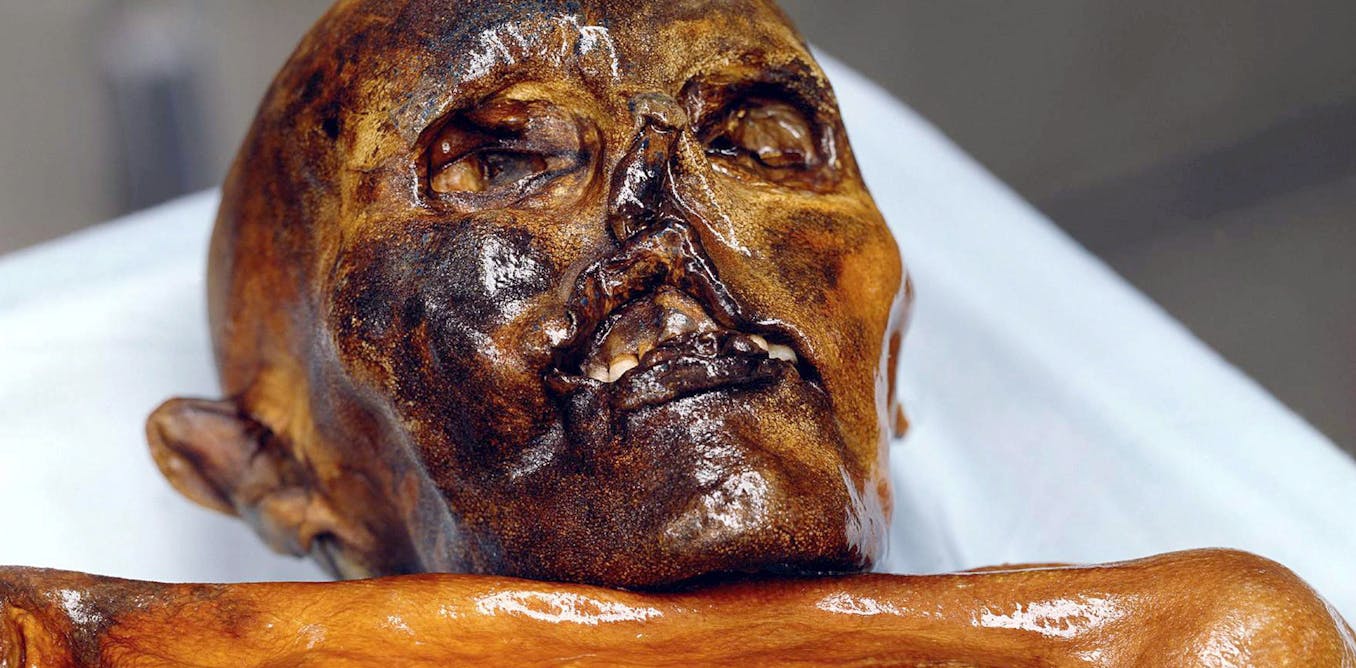Can at-home DNA tests predict how you'll respond to your medications? Pharmacists explain the risks and benefits of pharmacogenetic testing
Genetic testing can help take the guesswork out of finding the right treatment. For certain diseases. To an extent.
Philip Empey, Associate Professor of Pharmacogenomics, University of Pittsburgh •
conversation
Sept. 15, 2023 • ~8 min
Sept. 15, 2023 • ~8 min
Study connects neural gene expression differences to functional distinctions
Researchers compared a pair of superficially similar motor neurons in fruit flies to examine how their differing use of the same genome produced distinctions in form and function.
David Orenstein | The Picower Institute for Learning and Memory •
mit
Aug. 25, 2023 • ~8 min
Aug. 25, 2023 • ~8 min
New research reveals that Ötzi the iceman was bald and probably from a farming family – what else can DNA uncover?
We can predict hair and eye colour with reasonable accuracy from DNA, but other characteristics are being investigated.
Caroline Smith, Assistant Head, School of Life Sciences, University of Westminster •
conversation
Aug. 24, 2023 • ~7 min
Aug. 24, 2023 • ~7 min
/
45


